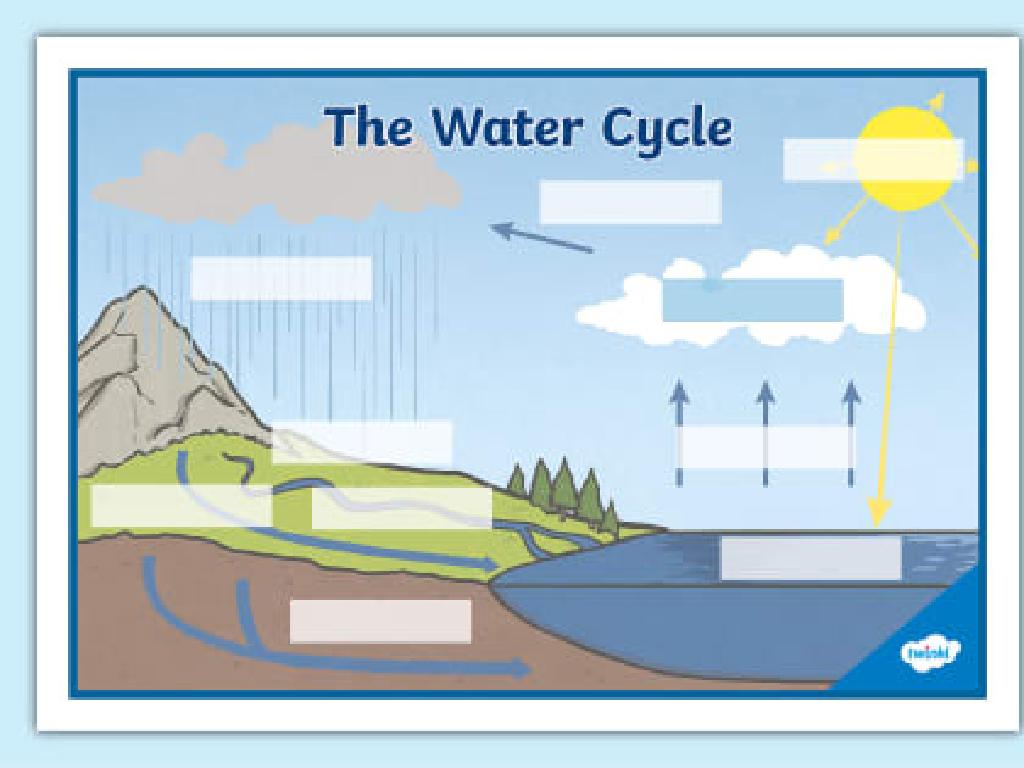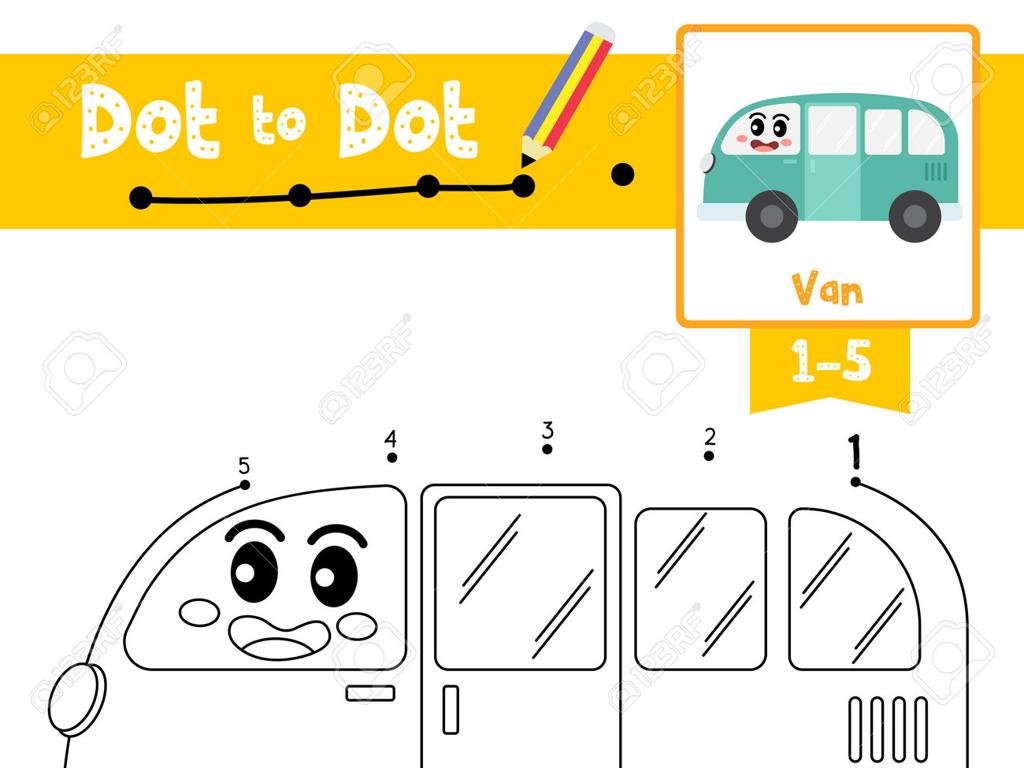Multiplication Facts Up To 12: True Or False?
Subject: Math
Grade: Third grade
Topic: Multiplication Fluency Up To 12
Please LOG IN to download the presentation. Access is available to registered users only.
View More Content
Welcome to Multiplication!: Facts up to 12
– Multiplication as groups of numbers
– Imagine having 4 bags with 3 apples each, that’s 4 times 3!
– Multiplication facts up to 12
– Knowing that 8 times 6 is 48 helps you solve problems faster.
– Why multiplication is super important
– It helps with quick calculations in math and daily life.
– Practice makes perfect in multiplication
– The more you practice, the quicker you’ll recall facts!
|
This slide introduces students to the concept of multiplication as a way of adding equal groups of numbers. Emphasize that multiplication is not just about memorizing tables, but understanding the concept of repeated addition. Explain that knowing multiplication facts up to 12 is like having superpowers in math it makes solving problems quicker and easier. Encourage students to practice regularly, as this will help them remember multiplication facts more easily. Include examples and interactive activities to reinforce learning, such as using physical objects to represent groups or creating a multiplication chart together.
Understanding Multiplication
– Multiplication: Repeated addition
– It’s like adding the same number over and over!
– Example: 3 x 4 equals 4+4+4
– Instead of adding 4 three times, we can multiply 3 by 4 to get 12.
– Use arrays to visualize multiplication
– Arrays show multiplication as rows and columns of objects.
– Practice with groups of items
– Grouping objects can help us see the total as multiple sets.
|
This slide introduces the concept of multiplication to third-grade students by relating it to the more familiar operation of addition. Start by explaining that multiplication is a shortcut for adding the same number multiple times. Use the example 3 x 4 to show that it’s the same as adding 4 three times. Introduce arrays as a visual tool to help students understand multiplication by arranging objects in rows and columns. Encourage students to practice by grouping items and counting them in sets to reinforce the concept. Provide various examples and allow students to create their own arrays and groups with classroom materials.
Mastering Multiplication Facts
– Memorize the multiplication table
– Knowing the table helps solve problems faster
– Discover patterns in multiplication
– Patterns make it easier to remember facts
– Learn shortcuts for quick multiplying
– Tricks like ‘double and add’ can speed up multiplying
– Practice true or false questions
– Use your knowledge to answer true or false
|
This slide aims to build a strong foundation in multiplication for third-grade students. Start by encouraging them to memorize the multiplication table up to 12, as this is crucial for quick and accurate calculations. Highlight the patterns found within the table, such as the even number sequence in the multiples of 2, which can aid in memorization. Introduce shortcuts and tricks, like doubling a number to find the product of it multiplied by 4, to help them multiply faster. Finally, incorporate practice with true or false questions to reinforce their understanding and fluency in multiplication facts. This interactive approach will help students become more confident in their multiplication skills.
True or False: Multiplication Facts
– What are True or False statements?
– True means correct, False means incorrect.
– Applying True or False to Multiplication
– Decide if a multiplication fact is correct.
– Quick checks for Multiplication facts
– Use patterns and known facts to decide.
– Practice with examples
– 7 x 3 = 21 (True), 8 x 5 = 45 (False)
|
This slide introduces students to the concept of verifying multiplication facts as true or false. Begin by explaining what true and false statements mean in the context of math. Then, show how to apply this understanding to multiplication facts up to 12. Teach students strategies for quickly identifying the validity of a multiplication fact, such as recalling memorized facts, looking for patterns, or using nearby facts they know to be true. Provide examples and encourage students to explain why a statement is true or false. Plan a class activity where students write their own true or false multiplication facts for peers to solve, reinforcing their fluency and understanding.
Let’s Practice Multiplication Facts!
– Interactive multiplication practice
– Use multiplication wheels and flashcards
– Tools to help memorize and understand multiplication facts
– Play ‘True or False’ multiplication game
– Decide if given multiplication facts are correct
– Group activity to reinforce learning
|
This slide introduces an interactive practice session for multiplication facts up to 12. Begin by engaging students with hands-on tools like multiplication wheels and flashcards to help them memorize and understand the facts. Then, move on to a group activity where students play a ‘True or False’ game. In this game, present a multiplication fact, and students decide if it’s true or false. For example, ‘Is 8 x 7 = 56 true or false?’ This activity encourages teamwork and discussion among students, reinforcing their multiplication fluency. Prepare several rounds of the game with varying difficulty to cater to all students. The goal is to create a fun learning environment while solidifying their multiplication skills.
Multiplication Games: Fun with Facts
– Play with a multiplication board game
– Challenge a partner with facts
– Take turns quizzing each other on times tables up to 12
– Encourage teamwork in games
– Work together to solve multiplication problems
– Engage in friendly competition
– Keep score, but remember, learning is the main goal!
|
This slide introduces interactive multiplication games to enhance students’ fluency with facts up to 12. The multiplication board game is a playful way to reinforce learning. It can be designed with a path of squares, each with a multiplication question that students must answer to move forward. For the partner activity, students can quiz each other on multiplication facts, fostering peer learning. Emphasize the importance of teamwork by having students work in groups to solve problems, and encourage friendly competition with a scoring system that rewards correct answers. The main objective is to create a fun learning environment where students are motivated to practice and improve their multiplication skills. Possible activities include: 1) Multiplication Bingo, 2) ‘Around the World’ with multiplication cards, 3) Group relay races solving multiplication problems, 4) ‘Beat the Clock’ challenges where students solve as many problems as they can in a set time.
Class Activity: Multiplication Fact Check
– Pair up for a multiplication quiz
– Use true/false fact cards
– Each card has a multiplication fact up to 12
– Take turns to guess facts
– Decide if the multiplication on the card is correct
– Earn points for correct answers
– Keep score to see which team knows their facts best
|
This interactive class activity is designed to reinforce multiplication fluency in a fun and engaging way. By working in pairs, students can support each other’s learning and practice their multiplication facts up to 12. The true or false format simplifies the process, allowing students to focus on accuracy rather than calculation. Teachers should prepare the fact cards in advance, ensuring a mix of true and false statements. Possible variations of the activity could include a timed challenge, team competition, or incorporating physical movement for correct answers to keep energy levels high. The goal is to create a supportive atmosphere where students are motivated to improve their multiplication skills.
Wrapping Up: Multiplication Mastery
– Recap today’s multiplication facts
– Why practice is key
– Regular practice helps us remember facts quickly!
– Homework: Multiplication worksheet
– Finish the worksheet to practice facts up to 12
– Get ready to become a multiplication star!
|
As we conclude today’s lesson, it’s important to review the multiplication facts we’ve learned. Emphasize to the students that practicing these facts is crucial for developing fluency and speed in multiplication, which are essential skills in math. For homework, the students are assigned a worksheet that includes multiplication facts up to 12. This will help reinforce their learning from today and prepare them for more advanced math concepts. Encourage them to try their best and remind them that with practice, they can become multiplication stars. Offer some strategies for memorizing facts, such as using flashcards, singing multiplication songs, or playing multiplication games.





